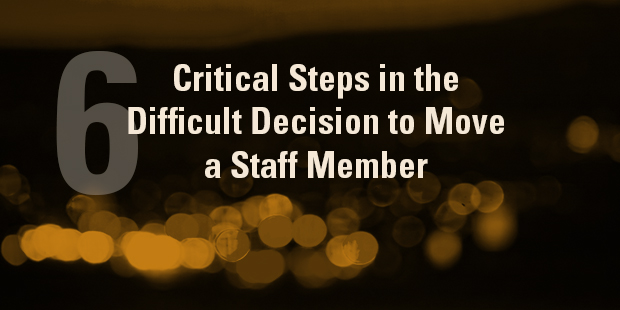
8 Mistakes New Pastors Make
I met one of the most stupid rookie pastors I’ve ever known.
The year was 1984. I saw him when I looked in the mirror.
It is excruciating for me to recall some of the dumb things I did. I am so grateful for church members who demonstrated love and grace. I am thankful I did not do something so stupid that it had a lasting impact on my ministry.
I love pastors. I love rookie pastors. As I have worked with hundreds of rookie pastors over the years, I see a pattern of mistakes many of them make. I pray my highlighting of these eight common mistakes will be helpful to some of you.
- They handle personnel issues with difficulty. Most of these rookies have never had direct supervisory responsibility or led an organization. They often have difficulty confronting direct reports. They can make rash decisions without considering the unintended consequences.
- They amplify criticisms. Most of us don’t enjoy criticism. Rookie pastors often have never been criticized as a leader. The criticism stings, and the pastors can make more of the criticism than they should.
- They are not disciplined with their schedules. Not only are most rookie pastors in a leadership role for the first time, they are put in the unstructured role of a pastor. Many of them have no idea how to utilize their time effectively. They either become workaholics, lazy bums, absentee pastors, or inefficient users of time.
- They don’t often ask for help. Many of them desperately need help in business, finance, counseling, time management, conflict resolution, preaching, leadership, and many other areas.
- They demonstrate favoritism. When you spend most of your time with a select group of people in the secular world, it’s called “relationships.” When you spend most of your time with a select group of people in the church, it’s called “favoritism.”
- They don’t seek feedback or coaching. They either don’t want to hear it, or they don’t know how to get it.
- They don’t continue their education. Education should not end with seminary or Bible college. It should be ongoing, either formal or informal.
- They are influenced by the latest fad or group. One rookie pastor got most of his leadership insights from a group who had no idea about the context in which he ministered. He listened to them and made some grave mistakes.
One of the reasons I do what I do is to help pastors as much as possible, both rookies and veterans. I pray these words will prove beneficial to you who are just beginning a lifetime of ministry as a local church pastor.
Read more from Thom Rainer here.
Learn more about Auxano’s Execution service.

Tags: New Pastor, Thom Rainer

























